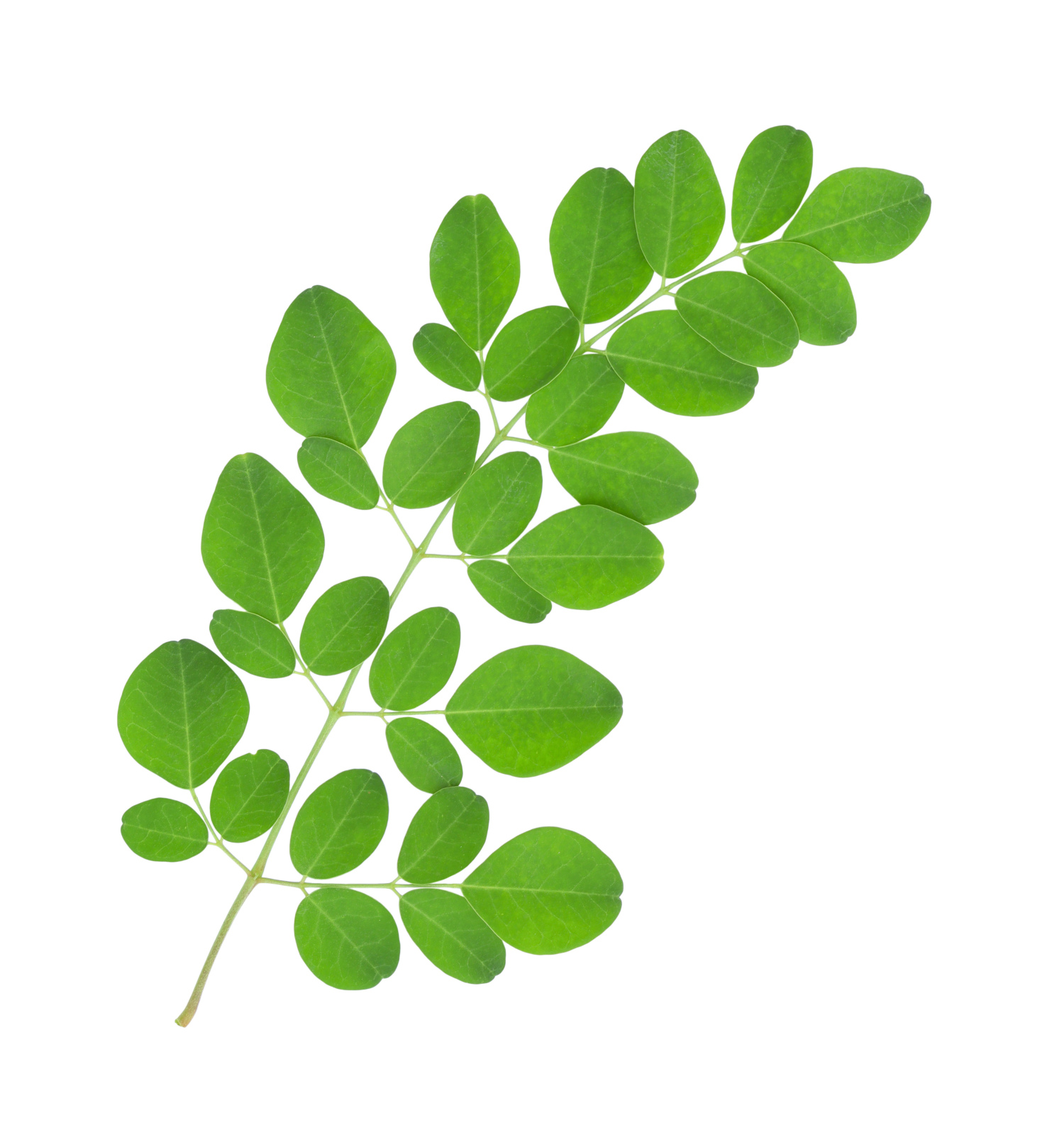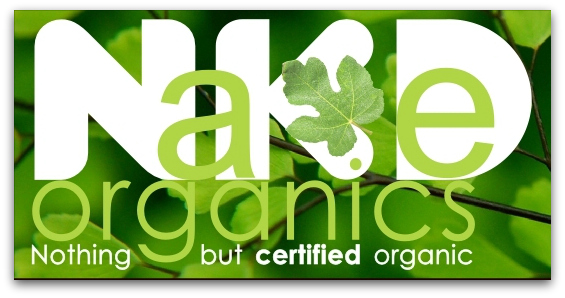|
|
www.moyoway.com |
Buy your Certified Organic |
|
|
CLICK FOR NAKED www.moyoway.com |
Moyo is an African origin word which implies that the
"heart and mind act as one to cultivate the spirit”
Moringa, A Multidimensional Alternative to Jatropha as a Fuel Oil
by Susanne Retka Schill
The oil from the Moringa tree is considered to be a more sustainable biodiesel feedstock than jatropha oil by those who argue that sustainability is better served by feedstocks that can yield both food and fuel.
The search for sustainable biodiesel feedstocks lit a fire under jatropha development late last year as almost weekly announcements were made of new ventures involving the oilseed bearing plant were cropping up worldwide.
Much of that was driven by the European understanding of sustainability, which elevates non-food biodiesel feedstocks such as jatropha to the top of the list.
In the United States, a fledgling effort in the biodiesel industry has quietly been investigating another potential feedstock, Moringa oleifera, because it could serve as food and an oil source for biodiesel.
Among those searching for solutions to feed the hungry, Moringa is well known. Beth Doerr is familiar with the tree because of her agricultural endeavours in developing countries.
She and her husband work with the Educational Concerns for Hunger Organization Inc., a non-profit that grows Moringa, among several other food crops, on its Global Farm Research and Learning Center in North Fort Myers, Fla.
ECHO trains people to work with small-scale, subsistence farmers, teaching them to make better use of underutilized plants, and developing small-scale, low-cost technologies. "We teach them how to produce food in difficult circumstances," she says.
Doerr has seen malnourished children flourish with the introduction of the nutritious Moringa leaf crop, which provides protein, vitamins and minerals in their diets. "Moringa is a great tree," she says. "It can withstand drought, and it can withstand sandy soils."
The tree is extremely easy to start from cuttings or from seeds, and is usually grown for its leaves, Doerr says, adding that they haven't conducted research on the tree's potential as an oilseed crop. The tree produces seeds in the first year. In Doerr's work with the trees the seeds were collected and used to produce more trees.
In warm, favourable climates the seeds germinate within a week and the tree grows 15 feet or more in the first year. Also, in favourable climates, the trees provide three or more leaf harvests per year, while in harsher climates just one cutting is taken. "It's a very flexible tree," Doerr says.
In Central America it is grown like a vegetable, seeded two inches apart and cut back when it's 2 feet tall. "It will never produce seed in that case," she adds. Moringa trees that are grown as perennials for seed should be cut once to encourage branching and then allowed to produce seed.
The trees will grow to 30 feet tall when left to mature naturally.
One Tree, Multiple Uses
The many uses for Moringa products are intriguing, says Glen Meier, manager of research and development for the Renewable Energy Group Inc.
In contrast to the toxic jatropha oil and meal, Moringa leaves can be used in salads, or dried and powdered for sauces and baby formula. The immature seed pods-known as drumsticks in India-are harvested and eaten like asparagus.
An extract from the leaves can act as a plant growth hormone and it boosted corn yields in the South American country where that research was conducted.
Indeed, Moringa wasn't considered as an oil source because it has so many food uses, says K. Shaine Tyson, a strategic planning, biodiesel technology evaluation and market development consultant for Rocky Mountain Biodiesel Consulting LLC. "Everybody knows it in India as the drumstick tree," she says. "They don't see it as an oilseed crop."
Tyson, former director of the biodiesel program for the National Renewable Energy Laboratory, began to research Moringa after she received a call from Meier wondering what she knew about the tree. For more than six months she searched for data to back up the multiple claims she found on the Internet.
Tyson presented her findings at this year's National Biodiesel Conference in Orlando & Expo in February. The presentation generated a lively discussion between her and the Europeans in attendance.
"They couldn't understand how I could possibly say Moringa was a more sustainable feedstock than jatropha."
A long conversation couldn't budge them from their viewpoint that food crops couldn't be considered as sustainable biodiesel feedstocks.
Tyson believes that Moringa could yield the same amount of oil per acre as jatropha based on her review of both crops, and that it could be used for food in times of shortages.
The Moringa tree is native to India and grown in tropical and subtropical regions across Asia, Africa and South America.
It is also grown as an ornamental tree in the southern United States.
Because the tree is easy to establish and grows rapidly, it might lead some to question its invasive tendencies. However, Doerr says in her travels through more than 40 countries she has never seen its weedy potential. One reason for that, she believes, is because animals love to eat the tree.
In some areas young plantings have to be protected from animals, although in other regions Moringa is grown as a forage crop just for animal grazing. Another reason Moringa hasn't developed into a weed is that the seed pods aren't dispersed by the wind.
"The pods drop below the tree, get bugs and decompose, unless you collect and plant them," she says.
Unproven Unknowns
Considering Moringa’s potential as an oilseed feedstock for biodiesel raises some questions for which there are currently no answers. For example, how are the Moringa seeds harvested? "It has not been optimized as an oilseed crop, and there is no really easy harvest technique right now," Tyson says.
Presently, the leaves and pods are harvested by hand like jatropha. Mechanical seed harvesting equipment needs to be developed to commercially produce Moringa as an oilseed feedstock.
Also, there's not a lot of good seed yield data on Moringa, although Tyson says her literature search indicates yields of about 3 tons of seed per hectare (1.37 tons per acre), a bit less than what is currently reported as potential jatropha yields.
The seeds contain 30 percent to 40 percent oil that is high in oleic acid. The meal yields about 61 percent protein. "The data on the oil quality is excellent," she says. "It's better than sunflower oil."
Meier adds that preliminary analysis shows biodiesel made from Moringa has better oxidative stability than biodiesel made with most other feedstocks, although the cloud point is similar to tallow and thus rather high.
On the plus side, the seeds are relatively easy to crush using non solvent-based crushing techniques, he says.
"Moringa is certainly of interest and we're trying to promote interest and research," Meier says. "We're looking for a collaborator on additional research."
He and Tyson speculate how it might be introduced into the United States. "It is rather complicated to develop a new crop in the United States," Tyson says. However, she thinks it could be introduced much like soybeans were, being grown first in milder climates and moving northward as new varieties are developed to tolerate the colder climate.
The crop's multiple dimensions would make it attractive to farmers in the United States and in developing countries, Meier says. Some countries may have a sufficient food supply but lack an economical fuel source.
Moringa could be grown initially as a feedstock for biodiesel production until it caught on as a food source.
While Doerr has focused solely on its food uses, she is interested in the further development of Moringa. "It does produce a lot of seed, and it produces well in areas that need income," she says. "It merits further research and study to see if it is a viable alternative fuel and to see if a market could be developed.
From my perspective anything that gets people thinking more about the Moringa tree is good because it is an incredible tree. My only hesitation would be if a large company decided it wanted to patent the tree."
Meier says he also welcomes further work on the crop, but he fears a jatropha-like rush. "We don't want to give false hope," he says.
"This has a ways to go. First, we need to help out some countries that need food and fuel, and second, we need to continue to work toward commercialization." Doerr agrees that a lot of research still needs to be done. "There are a lot of properties of the tree that have never been studied," she says.
"If people get interested, maybe that will encourage researchers to find out what the tree can offer."
Source :
By Susanne Retka Schill (Biodiesel Magazine staff writer)
Reach her at sretkaschill@bbibiofuels.com.
http://www.biodieselmagazine.com/articles/2380/multidimensional-moringa



